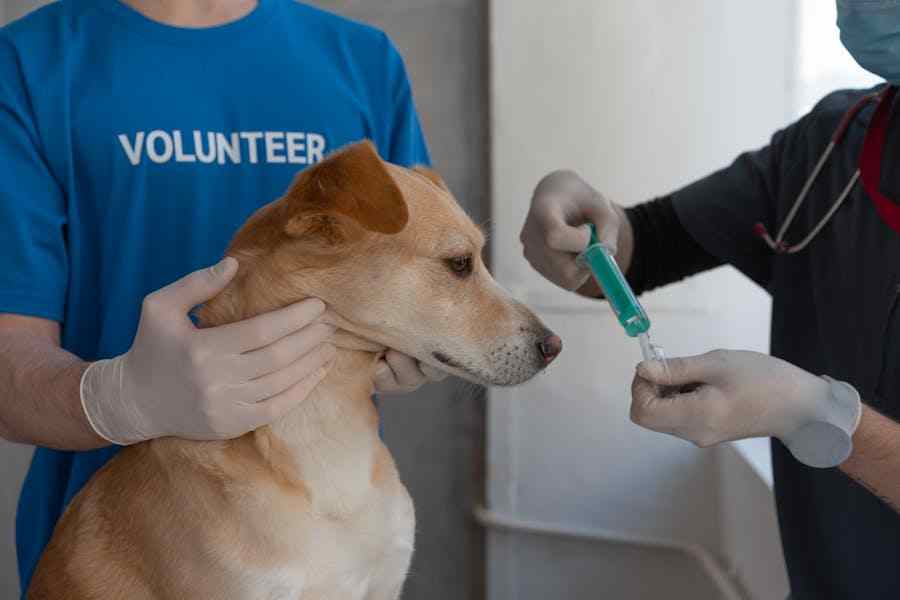Veterinarians dedicate their lives to the well-being of animals, but their noble profession is not without its risks. Beyond the heartwarming success stories lie occupational hazards that can pose significant challenges to their health and safety. In this comprehensive guide, we’ll delve into the common occupational hazards faced by veterinarians, shedding light on the risks they encounter daily and offering insights into prevention strategies and support mechanisms.
Understanding The Hazards
Veterinarians interact with a wide array of animals daily, ranging from household pets to exotic species. While each day may bring new and fulfilling experiences, it also presents inherent risks.
1. Physical Injuries:
Animal bites and scratches: Despite their training and precautions, veterinarians are at risk of bites and scratches from frightened or aggressive animals. These injuries can lead to puncture wounds, lacerations, and the transmission of infectious diseases.
Musculoskeletal strains: The nature of veterinary work often involves lifting heavy animals, restraining them during procedures, and maintaining awkward positions for extended periods. Over time, this can result in strains, sprains, and back injuries.
2. Zoonotic Diseases:
Exposure to pathogens: Veterinarians are constantly exposed to a myriad of infectious agents carried by animals, including bacteria, viruses, parasites, and fungi. Zoonotic diseases such as rabies, brucellosis, leptospirosis, and ringworm pose a significant threat to their health.
Inadequate protection: Despite wearing personal protective equipment (PPE), such as gloves, masks, and gowns, veterinarians may still face risks of exposure to zoonotic pathogens, especially in emergency situations or when handling wildlife.
3. Chemical Exposures:
Hazardous substances: Veterinary clinics utilize various chemicals and pharmaceuticals for treatments, surgeries, and sanitation purposes. Prolonged exposure to disinfectants, anesthetic gases, pesticides, and chemotherapy drugs can lead to respiratory issues, skin irritation, and long-term health effects.
Improper handling and disposal: Mishandling of chemicals and improper disposal practices can exacerbate the risks associated with chemical exposures, potentially endangering both veterinary professionals and the environment.
Prevention And Mitigation:
To safeguard the well-being of veterinarians and mitigate occupational hazards, proactive measures must be implemented:
- Comprehensive Training: Provide veterinarians and veterinary staff with thorough training on animal handling techniques, safe restraint methods, and the proper use of PPE to minimize the risk of injuries and exposures.
- Ergonomic Practices: Encourage the adoption of ergonomic practices in veterinary clinics, such as using lifting aids, adjusting workstations to reduce strain, and taking regular breaks to prevent musculoskeletal injuries.
- Vaccination and Immunization: Ensure that veterinarians receive appropriate vaccinations and immunizations against zoonotic diseases prevalent in their area of practice, including rabies and tetanus.
- Environmental Controls: Implement engineering controls, such as ventilation systems and containment devices, to reduce airborne exposures to hazardous chemicals and anesthetic gases in veterinary facilities.
- Regular Health Screenings: Encourage veterinarians to undergo regular health screenings and seek prompt medical attention for any injuries or symptoms of illness to facilitate early intervention and treatment.
Support and Resources:
Recognizing the challenges faced by veterinarians, it’s essential to provide them with adequate support and resources:
- Employee Assistance Programs (EAPs): Offer access to EAPs that provide counseling, mental health services, and resources to help veterinarians cope with stress, burnout, and traumatic experiences.
- Occupational Health Services: Establish partnerships with occupational health professionals to conduct risk assessments, provide medical surveillance, and offer guidance on injury prevention and management strategies.
- Peer Support Networks: Foster a supportive community where veterinarians can connect with their peers, share experiences, and seek advice on navigating occupational hazards and challenges unique to their profession.
- Legal support: In the case that a veterinarian gets injured at their workplace due to these hazards, depending on the scenario, they should be eligible for workers compensation. Please have the employee contact a Buffalo, NY personal injury lawyer for legal suppport.
Conclusion
Veterinary medicine is a rewarding yet demanding field that requires veterinarians to confront a multitude of occupational hazards daily. By understanding these risks, implementing preventive measures, and providing support mechanisms, we can promote the health, safety, and well-being of veterinarians as they continue their vital work in caring for animals and protecting public health.





















